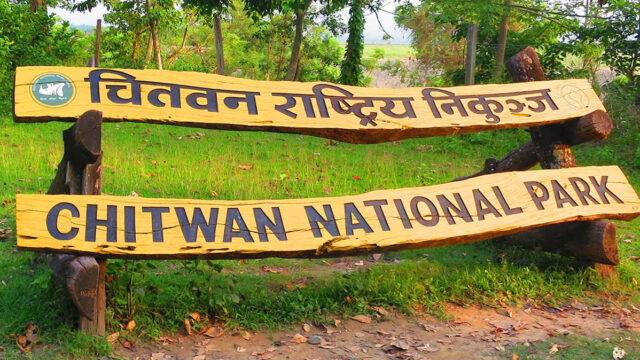A recent bird census conducted in the wetlands of eastern Chitwan has confirmed the presence of 55 species of birds. The census, held on January 6-7, was a collaborative effort between the Bird Education Society and the Nepalese Ornithological Union.
This year’s census recorded the discovery of two new bird species in the region: the Black-headed Gull (Kalo Tauke Ganga Chil) and Pallas’s Gull (Raja Gangachil), according to Basu Bidari, education coordinator and ornithologist at the Bird Education Society.
The survey covered a range of areas, including Lothar to Darai Botetal, Gaidhawa (Jindagani Ghat) to Saurahaghat, Saurahaghat to Kasara Bridge, Tamor Lake, Lami Lake, Bish Hajari Lake, Bhandara Machhapokhare, Budhi Rapti Dhungare river, and Patana Lake. A total of 7,150 birds were recorded during the census, with the majority being ruddy shelducks—4,107 individuals. However, the population of shelducks showed a slight decline compared to last year’s count of 4,304.
Environmental threats such as increasing pollution, water-based extractions, human movement, and encroachment continue to affect the habitats of these birds. The census revealed that areas with less pollution had a higher number of bird sightings.
Since its inception in 1987, the Bird Education Society has been conducting this important bird census in Chitwan, which is part of a larger effort taking place in 35 East Asian countries. In total, 652 species of birds have been recorded in Chitwan, with 159 species spotted this year. Among them, 55 species are dependent on aquatic habitats.
The results of the census provide valuable insights into the state of bird populations in the region, highlighting both successes and growing environmental challenges.






